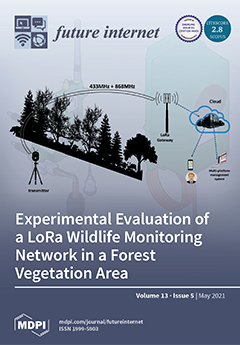The problem of automatic detection of fake news in social media, e.g., on Twitter, has recently drawn some attention. Although, from a technical perspective, it can be regarded as a straight-forward, binary classification problem, the major challenge is the collection of large enough
[...] Read more.
The problem of automatic detection of fake news in social media, e.g., on Twitter, has recently drawn some attention. Although, from a technical perspective, it can be regarded as a straight-forward, binary classification problem, the major challenge is the collection of large enough training corpora, since manual annotation of tweets as fake or non-fake news is an expensive and tedious endeavor, and recent approaches utilizing distributional semantics require large training corpora. In this paper, we introduce an alternative approach for creating a large-scale dataset for tweet classification with minimal user intervention. The approach relies on weak supervision and automatically collects a large-scale, but very noisy, training dataset comprising hundreds of thousands of tweets. As a weak supervision signal, we label tweets by their source, i.e., trustworthy or untrustworthy
source, and train a classifier on this dataset. We then use that classifier for a different classification target, i.e., the classification of fake and non-fake
tweets. Although the labels are not accurate according to the new classification target (not all tweets by an untrustworthy source need to be fake news, and vice versa), we show that despite this unclean, inaccurate dataset, the results are comparable to those achieved using a manually labeled set of tweets. Moreover, we show that the combination of the large-scale noisy dataset with a human labeled one yields more advantageous results than either of the two alone.
Full article





